Trigonometrical Ratios Table
The Trigonometrical ratios table will help us to find the values of trigonometric standard angles.
The standard angles of trigonometrical ratios are 0°, 30°, 45°, 60° and 90°.
The values of trigonometrical ratios of standard angles are very important to solve the trigonometrical problems. Therefore, it is necessary to remember the value of the trigonometrical ratios of these standard angles. The sine, cosine and tangent of the standard angles are given below in the table.
Trigonometric Table in Sexagesimal System:
Trigonometric Table in Circular System:
Note: Values of sin θ and cos θ lies between 0 and 1 (both inclusive)
To remember the above values:
(a) divide the numbers 0, 1, 2, 3 and 4 by 4,
(b) take the positive square roots,
(c) these numbers given the values of sin 0°, sin 30°, sin 45°, sin 60° and sin 90° respectively.
(d) write the values of sin 0°, sin 30°, sin 45°, sin 60° and sin 90° in reverse order and get the values of cos 0°, cos 30°, cos 45°, cos 60° and cos 90° respectively.
If θ be an acute angle, the values of sin θ and cos θ lies between 0 and 1 (both inclusive).
The sine of the standard angles 0°, 30°, 45°, 60° and 90° are respectively the positive square roots of 0/4,1/4, 2/4,3/4 and 4/4
Therefore,
sin 0° = √(0/4) = 0
sin 30° = √(1/4) = ½
sin 45° = √(2/4) = 1/√2 = √2/2
sin 60° = √3/4 = √3/2;
cos 90° = √(4/4) = 1.
Similarly cosine of the above standard angels are respectively the positive square roots of 4/4, 3/4, 2/4, 1/4, 0/4
Therefore,
cos 0° = √(4/4) = 1
cos 30° = √(3/4) = √3/2
cos 45° = 1
cos 60° = √(1/4) = 1/2
cos 90° = √(0/4) = 0.
Since, we know the sin and cos value of the standard angles from the trigonometrical ratios table; therefore we can easily find the values of the other trigonometrical ratios of the standard angles.
The tangent of the standard angles 0°, 30°, 45°, 60° and 90°:
tan 0° = 0
tan 30° = √3/3
tan 45° = √(2/4) = 1/√2 = √2/2
tan 60° = √3
tan 90° = not defined.
The cosine of the standard angles 0°, 30°, 45°, 60° and 90°:
csc 0° = not defined.
csc 30° = 2
csc 45° = √2
csc 60° = 2√3/3
csc 90° = 1.
The secant of the standard angles 0°, 30°, 45°, 60° and 90°:
sec 0° = 1
sec 30° = 2√3/3
sec 45° = √2
sec 60° = 2
sec 90° = not defined.
The cotangent of the standard angles 0°, 30°, 45°, 60° and 90°:
cot 0° = not defined.
cot 30° = √3
cot 45° = 1
cot 60° = √3/3
cot 90° = 0
Solved Examples on Trigonometrical Ratios Table:
1. If the csc of an angle complementary to A be 2√33, find tan A.
Solution:
sec (Complementary of ∠A) = 2√33
[Using trigonometric ratio table, the value of csc 60° = 2√33]
csc (Complementary of ∠A) = csc 60°
Complementary of ∠A = 60°
∠A = (90° - 60°)
∠A = 30°
Therefore, tan A = tan 30°
= √33, [From Trig Ratios Table]
2. If A = 30° then show that, 2 sin A cos A = sin 2A
Solution:
L.H.S. = 2 sin A cos A
= 2 sin 30° cos 30°
[From the Trigonometrical Ratios Table, we get sin 30° = 12 and cos 30° = √32]
= 2 × 12 × √32
= √32
R.H.S. = sin 2A
= sin (2 × 30°)
= sin 60°
[From the Trigonometrical Ratios Table, we get sin 60° = √32]
= √32
Therefore, L.H.S. = R.H.S.
3. If A = 30° then show that, tan 2A = 2tanA1−tan2A.
Solution:
L.H.S. = tan 2A
= tan (2 × 30°)
= tan 60°
[From the Trigonometrical Ratios Table, we get tan 60° = √3]
= √3
R.H.S. = 2tanA1−tan2A
= 2tan30°1−tan230°
[From the Trigonometric Ratios Table, we get tan 30° = √33]
= 2×√331−(√33)2
= 2√331−39
= 2√3399−39
= 2√339−39
= 2√3369
= 2√3323
= 2√33 × 32
= 6√36
= √3
Therefore, L.H.S. = R.H.S.
4. Find the exact value of sin 45° cos 30° + cos 45° sin 30° using trigonometric table.
Solution:
sin 45° cos 30° + cos 45° sin 30°
Plug-in the exact value of sin 45°, cos 30°, cos 45° and sin 30° from the trig ratios table
= √22 × √32 + √22 × 12
= √64 + √24
= √6+√24
5. tan π3, tan π4, tan π6 are in geometric progress.
Solution:
tan π3, tan π4, tan π6 are in geometric progress if,
tan2 π4 = tan π3 × tan π6
Let's check
L.H.S. = tan2 π4
= (1)2, [From trig ratios table tan π4 = 1]
= 1
R.H.S. = tan π3 × tan π6
= √3 × √33
= 33
= 1
Therefore, an2 π4 = tan π3 × tan π6
Thus, tan π3, tan π4, tan π6 are in G.P. (geometric progress).
6. Find the value of 43 tan2 60° + 3 cos2 30° - 2 sec2 30° - 34 cot2 60° using trigonometric table.
Solution:
The given trigonometric expression is
43 tan2 60° + 3 cos2 30° - 2 sec2 30° - 34 cot2 60°
= 43 . (√3)2 + 3 . (√32)2 - 2 . (2√3)2 - 34 . (1√3)2
[Since, the value of tan 60° = √3, cos 30° = √32, sec 30° = 2√3 and cot 60° = 1√3]
= 43 . 3 + 3 . 34 - 2 . 43 - 34 . 13
= 4 + 94 - 83 - 14
= 103
= 313
7. If A = 30°, show that cos 2A = cos2 A - sin2 A
Solution:
L.H.S. = cos 2A
= cos 2 . 30°
= cos 60°
= 12
R.H.S. = cos2 A - sin2 A
= cos2 30° - sin2 30°
= (√32)2 - (12)2
= 34 - 14
= 12
Therefore, L.H.S. = R.H.S.
8. If A = 30°, show that 3 sin A - 4 sin3 A = sin 3A
Solution:
L.H.S. = 3 sin A - 4 sin3 A
= 3 sin 30° - 4 sin3 30°
= 3 . 12 - 4 (12)3
= 32 - 4 . 18
= 32 - 12
= 1
= sin 90° (Using trigonometric table)
= sin 3 . 30°
= sin 3A = R.H.S.
Therefore, L.H.S. = R.H.S.
9. If the cosine of an angle complementary to θ be 12, find the value of cot θ.
Solution:
Angle complementary to θ is 90° - θ.
Therefore, by question, cos (90° - θ) = 12 = cos 60°
Therefore, 90° - θ = 60°
or, 90° - 60° = θ
or, θ = 30°
Therefore, cot θ = cot 30° = √3. (Using trigonometric table)
10. Find a value of θ which satisfies the equation cos 3θ = sin 2θ.
Solution:
Since, sin 2θ = cos (90° - 2θ),
Therefore, from the given equation we get,
cos 3θ = sin 2θ = cos (90° - 2θ)
Therefore, 3θ = 90° - 2θ
⟹ 3θ + 2θ = 90° - 2θ + 2θ; [Adding 2θ on both sides]
⟹ 5θ = 90°
⟹ θ = 905°
⟹ θ = 18°
Therefore, the required value of θ is 18°.
11. Each angle A, B, C of the triangle ABC is acute and sin (B + C - A) = 1, tan (C + A - B) = √3; find A, B and C.
Solution:
Since A, B, C are the angle of ∆ABC
Therefore, A + B + C = 180° ................... (i)
Again, sin (B + C - A) = 1 = sin 90° (Using trigonometry table)
Therefore, B + C - A = 90° ................... (ii)
[Since each of the angles A, B, C is acute, hence, B + C > A]
And tan (C + A - B) = √3 = tan 60°, (Using trigonometry table)
Therefore, C + A - B = 60° ................... (iii)
[Since each of the angles A, B, C is acute, hence, C + A > B]
Now we add the equations (ii) and (iii)
We get
(B + C - A) + (C + A - B) = 90° + 60°
⟹ (B + C - A + C + A - B) = 150°
⟹ 2C = 150°
⟹ C = 1502°
⟹ C = 75°
Again, we add the equations (i) and (ii)
(A + B + C) + (B + C - A) = 180° + 90°
⟹ (A + B + C + B + C - A) = 270°
⟹ 2B + 2C = 270°
⟹ 2B + 2(75°) = 270°; [Since C= 75°]
⟹ 2B + 150° = 270°
⟹ 2B = 270° - 150°
⟹ 2B = 120°
⟹ 2B = 1202°
⟹ B = 60°
Again, sin (B + C - A) = 1 = sin 90°
Now, putting the values of B and C in (i) we get,
A + 60° + 75° = 180°
⟹ A + 135° = 180°
⟹ A = 180° - 135°
⟹ A = 45°
Therefore, the required angles are:
A = 45°; B = 60°; C = 75°
12. If (x - 2)(sin π3 cos π6 + cos π3 sin π6) = sec3 π3 + tan4 π4 - cosec2 π6, find the value of x.
Solution:
(x - 2)(sin π3 cos π6 + cos π3 sin π6) = sec3 π3 + tan4 π4 - cosec2 π6
⟹ (x - 2)(sin 60° cos 30° + cos 60° sin 30°) = sec3 60° + tan4 45° - cosec2 30°, [Since, π = 180°]
⟹ (x - 2)(√32 . √32 + 12 . 12) = 23 + 14 - 22
⟹ (x - 2)(34 + 14) = 8 + 1 - 4
⟹ (x - 2)(3+14) = 5
⟹ (x - 2)(44) = 5
⟹ (x - 2) (1) = 5
⟹ x - 2 = 5
⟹ x = 5 + 2
⟹ x = 7
Therefore, the value of x = 7.
Worksheet on Trigonometrical Ratios Table:
1. If 30° then show that,
(i) 4 cos3 A - 3 cos A = cos 3A
(ii) 1−tan2A1+tan2A = cos 2A
2. If θ = 60° then prove that,
(i) cos θ = 2 cos2 θ2 - 1 = cos2 θ2 - sin2 θ2
(ii) 2tanθ21+tan2θ2 = sin θ
3. Find the values of:
(i) sin 45° cos 30 deg + cos 45° sin 30°
(ii) cos2 π4 - sin2 π6 + tan2 π3
(iii) sin3 30° + 4 cot3 45° - cosec2 30°
(iv) cos π6 cot π3 + 2 . cos2 π3
Answer:
3. (i) √3+12√2
(ii) 314
(iii) 18
(iv) 1
4. Prove that,
(i) (sin0°+sin60°)(cos60°+cot45°)(cot60°+tan30°)(cosec30°−cosec90°) = 98
(ii) cos2 60°, cos2 45°, cos2 30° are in A.P.
(iii) tan2 π3 - 2 tan2 π4 = cot2 π6 - 2 sin2 π6 - 34 cosec2 π4
(iv) sec 60°, sec2 45°, sec2 30° are in H.P. (Harmonic Progression)
5. Find x if:
(i) (x + 1)cot2 π6 = 2 cos2 π3 + 34 sec2 π4 + 4 sin2 π6
(ii) 1+2sin60°cos60°cos60°+sin60° + 1−2sin60°cos60°sin60°−cos60° = 2x
Answer:
5. (i) x = 0
(ii) x = √32
6. Solve (ϕ and β are positive acute angles): sin (ϕ - β) = 12; cos (ϕ + β)= 12 using trigonometry table.
Answer:
6. ϕ = 45° and β = 45°
7. The angle A of the triangle ABC is obtuse; if sec (B + C) cosec (B - C) = 2 find the angles.
Answer:
7. A = 120°, B = 45° and C = 15°
8. Salve ( 0 ≤ θ ≤ 90°)
(i) tan θ + cot θ = 2
(ii) 2 cos2 θ + 5 sin θ = 4
(iii) tan 2 θ - (√3 + 1) tan θ + √3 = 0
(iv) sec2 θ + tan2 θ = 7
(v) 2 sin2 θ = 3(1 - cos θ)
(vi) 2 sin θ tan θ + 1 = tan θ + 2 sin θ
(vi) tan θ - cot θ = cosec θ.
Answer:
8. (i) θ = 45°
(ii) θ = 30°
(iii) θ = 45°, 60°
(iv) θ = 60°
(v) θ = 0°, 60°
(vi) θ = 30°, 45°
(vi) θ = 60°
9. Find a value of β for each of the following equations:
(i) sin 4β = cos β
(ii) tan 3β = cot β
(iii) sin 3β = cos 7β
Answer:
9. (i) β = 18°
(ii) β = 22.5°
(iii) β = 9°
10. α, β, γ are positive angles acute and sin (α + β - γ) = cos (β + γ - α) = tan (γ + α - β) = 1 , find α, β, γ.
Answer:
10. α = 67.5°; β = 45°; γ = 22.5°
● Trigonometric Functions
- Basic Trigonometric Ratios and Their Names
- Restrictions of Trigonometrical Ratios
- Reciprocal Relations of Trigonometric Ratios
- Quotient Relations of Trigonometric Ratios
- Limit of Trigonometric Ratios
- Trigonometrical Identity
- Problems on Trigonometric Identities
- Elimination of Trigonometric Ratios
- Eliminate Theta between the equations
- Problems on Eliminate Theta
- Trig Ratio Problems
- Proving Trigonometric Ratios
- Trig Ratios Proving Problems
- Verify Trigonometric Identities
- Trigonometrical Ratios of 0°
- Trigonometrical Ratios of 30°
- Trigonometrical Ratios of 45°
- Trigonometrical Ratios of 60°
- Trigonometrical Ratios of 90°
- Trigonometrical Ratios Table
- Problems on Trigonometric Ratio of Standard Angle
- Trigonometrical Ratios of Complementary Angles
- Rules of Trigonometric Signs
- Signs of Trigonometrical Ratios
- All Sin Tan Cos Rule
- Trigonometrical Ratios of (- θ)
- Trigonometrical Ratios of (90° + θ)
- Trigonometrical Ratios of (90° - θ)
- Trigonometrical Ratios of (180° + θ)
- Trigonometrical Ratios of (180° - θ)
- Trigonometrical Ratios of (270° + θ)
- Trigonometrical Ratios of (270° - θ)
- Trigonometrical Ratios of (360° + θ)
- Trigonometrical Ratios of (360° - θ)
- Trigonometrical Ratios of any Angle
- Trigonometrical Ratios of some Particular Angles
- Trigonometric Ratios of an Angle
- Trigonometric Functions of any Angles
- Problems on Trigonometric Ratios of an Angle
- Problems on Signs of Trigonometrical Ratios
11 and 12 Grade Math
From Trigonometrical Ratios Table to HOME PAGE
Didn't find what you were looking for? Or want to know more information about Math Only Math. Use this Google Search to find what you need.
Recent Articles
-
Place Value and Face Value | Place and Face Value of Larger Number
Apr 13, 25 03:12 PM
The place value of a digit in a number is the value it holds to be at the place in the number. We know about the place value and face value of a digit and we will learn about it in details. We know th… -
Face Value and Place Value|Difference Between Place Value & Face Value
Apr 13, 25 03:07 PM
What is the difference between face value and place value of digits? Before we proceed to face value and place value let us recall the expanded form of a number. The face value of a digit is the digit… -
Place Value and Face Value | Basic Concept on Place Value | Face Value
Apr 13, 25 02:59 PM
Learn the easiest way to understand the basic concept on place value and face value in the second grade. Suppose we write a number in figures 435 in words we write four hundred thirty five. -
Expressing Place Value and Face Value | International & Indian System
Apr 13, 25 02:35 PM
We will learn expressing place value and face value of a digit in any number in International and Indian system. Place value: We know how to find out the place value of a digit in any number. -
5th Grade Decimals | Word Problem on Decimals | Concept of Decimals
Apr 13, 25 02:16 PM
A fractional number whose denominator is 10 or multiple of 10 is called a decimal. Every decimal has two parts whole number part and decimal part. These two parts are separated by a dot or point. This…
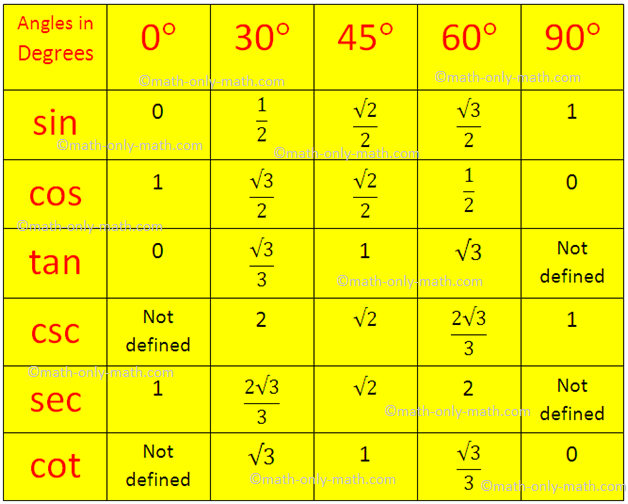
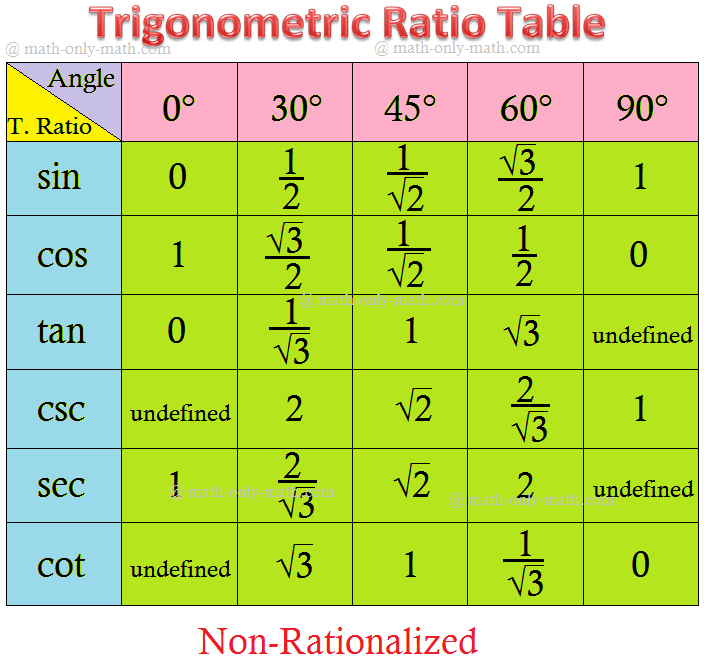
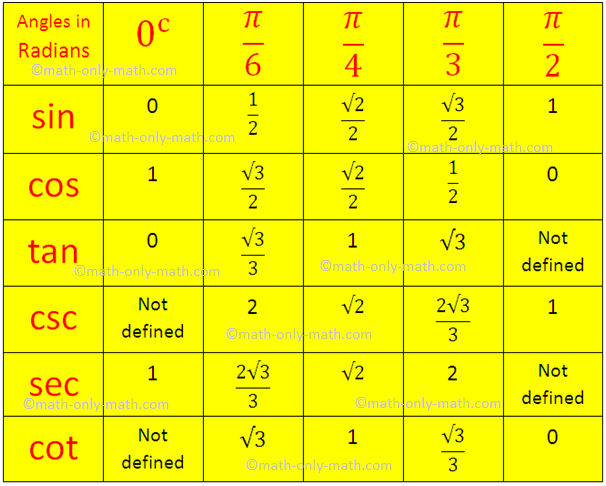
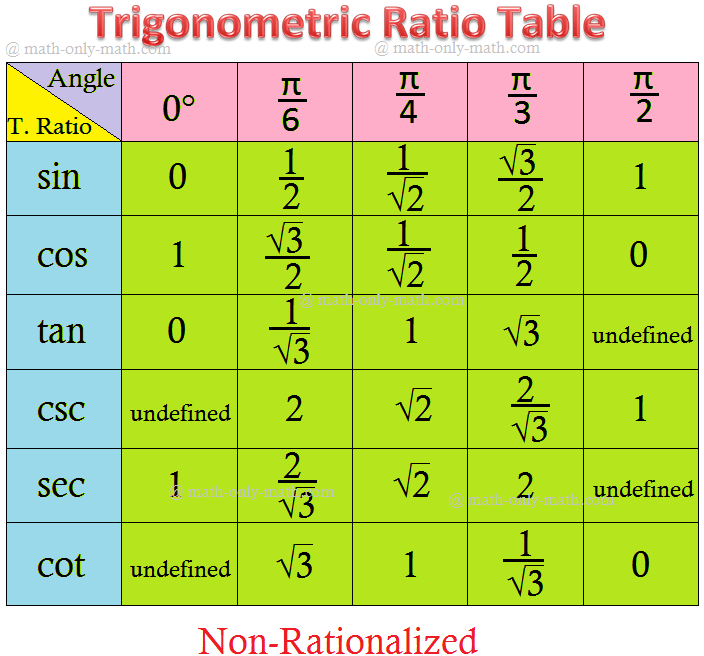


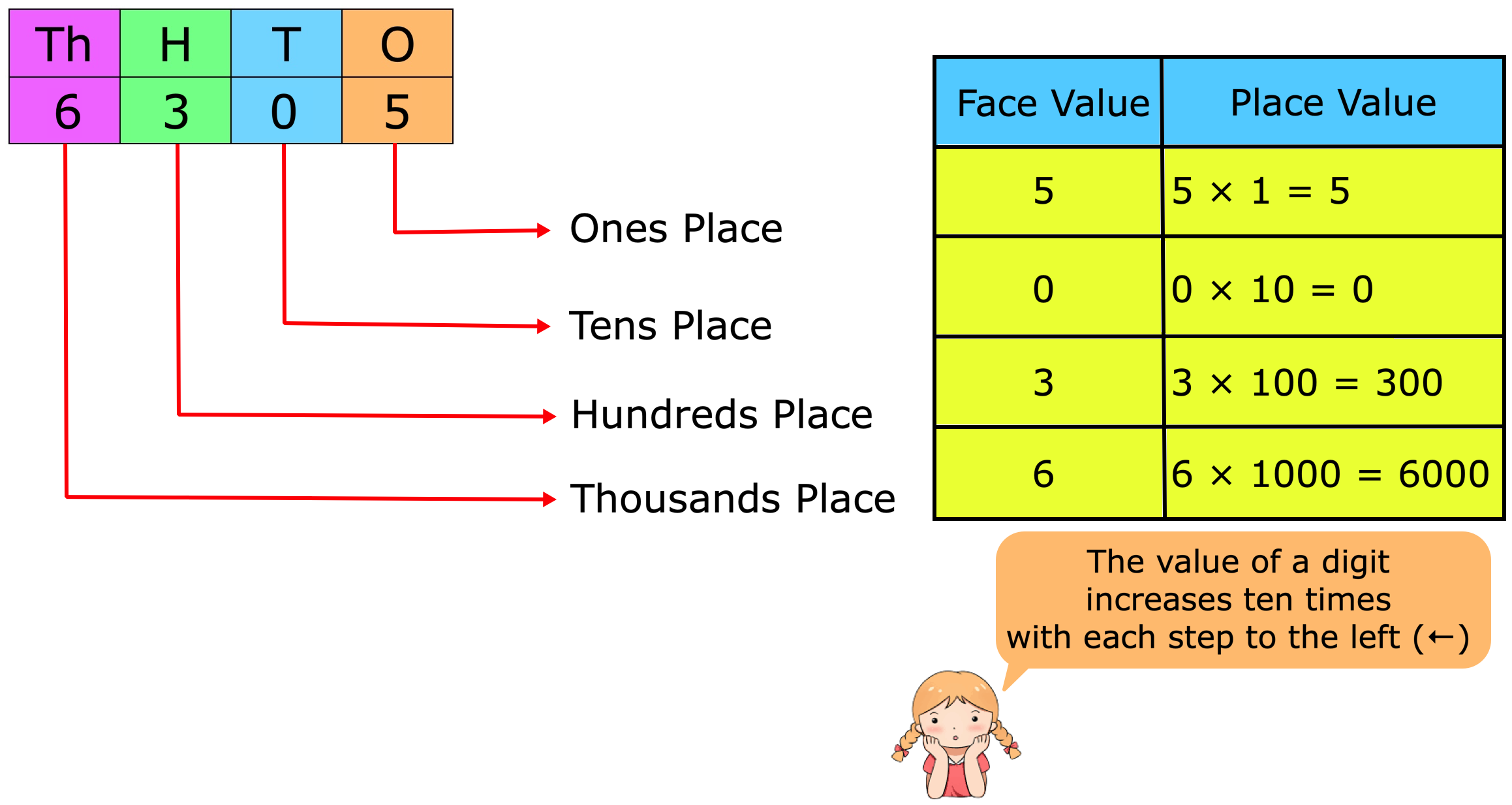
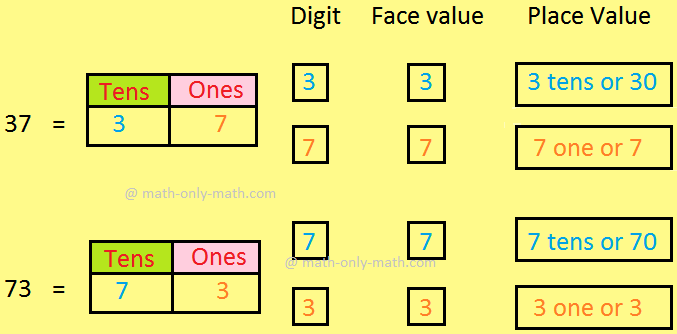

New! Comments
Have your say about what you just read! Leave me a comment in the box below. Ask a Question or Answer a Question.